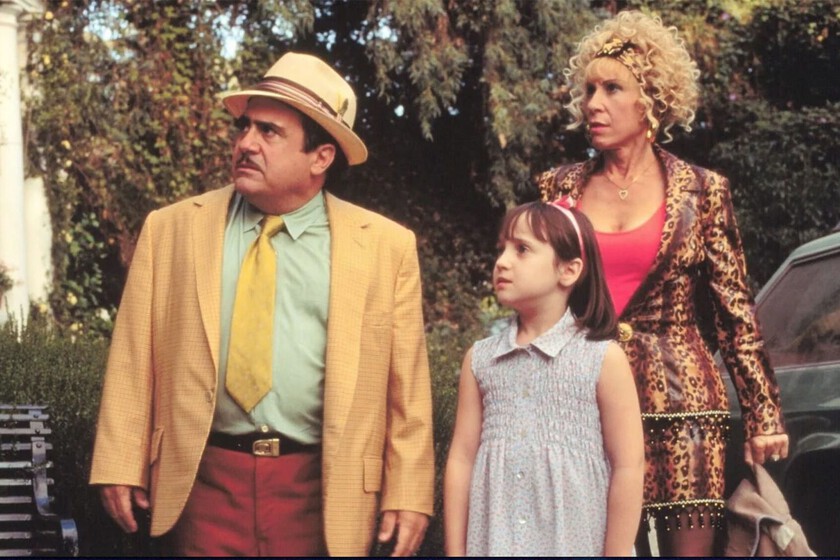


“A Crazy Thing”, “something crazy”. When he recalls the beginnings of the Cartier Foundation, which celebrates its 40th anniversary this year, Alain-Dominique Perrin, its creator, does not feign modesty. “What we did was unique” boldly repeats the current co-chairman of the strategic committee of the Richemont group, owner of the jeweler Place Vendôme. At 82, the neatly bearded man is still outgoing and easy-going. Joining Cartier in 1969, he rose through the ranks, notably inventing the Must, these watches that democratized the brand.
Under his auspices, the luxury brand was the first to create a corporate foundation dedicated to contemporary art, nineteen years before Louis Vuitton in Paris, nine years before Prada in Milan. The first to bring the disciplines together by exhibiting art as well as cars, design and trees. The first company to make art a powerful vector of communication: without spending a penny on advertising, the jeweler changed its outdated image thanks to the media coverage of its exhibitions.
This UFO appears at a turning point, in a decade of money and spectacle that redraws the contours of art. Fashion shows look like pure entertainment, vernissages turn into shows. Alain-Dominique Perrin has not forgotten anything about the green laser games that electrified the night on the occasion of the inauguration of the Cartier Foundation on October 20, 1984 in Jouy-en-Josas (Yvelines) – “a stunning production” he got away with his cheeky kind. “A cheerful and friendly moment”, corroborates Jack Lang, then Minister of Culture, who that evening had swapped his usual Mao collar for a red tie.
Caesar was at the party with a big display of his own Irons. That same morning, the Marseille sculptor had grumbled when he found himself sharing the spotlight with two very young artists whom no one knew, Anglo-Canadian Lisa Milroy, 25, and Briton Julian Opie, 26. The latter, whose pop and stylized characters have since conquered the world, had never exhibited abroad: “At the time, the norm was to be shown in an art center, a gallery, a museum or something very established with few resources. Exposure to a jeweler was unusual. »
Cultural policy, the preserve of the state
The Cartier Foundation appears in the artistic landscape like a dog in a bowling game. Contemporary art, back then, was a matter of insiders, chapels and dogmas. And a matter of the state, which then presents itself as the only driving force of cultural policy. Foundations are rare in France, and the administration, which takes a dim view of any private incursion into its territory, does everything to limit their number and circumscribe their scope.
You still have 83.83% of this article to read. The rest is reserved for subscribers.






